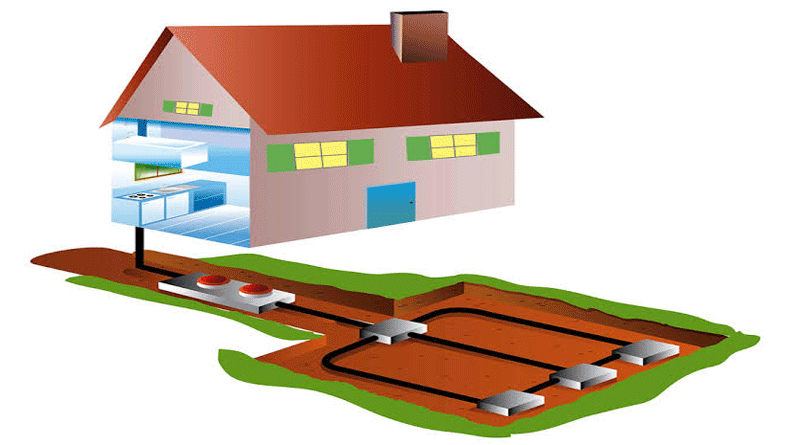How to Supplement Traditional Home Heating Systems
Cold weather is on the way again and while you might not want to think about the cost of home heating right now, learning how to supplement your traditional home heating system before the snow flies can save you hundreds of dollars over the course of the coming winter.
Not everyone can afford to replace a greedy oil furnace or dated, inefficient traditional home heating system, but you do have plenty of good options for supplementing your system and thereby reducing the cost of using it.
Here are some of the most popular ways to supplement traditional home heating systems:
Wood stoves: Today’s wood stoves come in many different sizes and flavors, from small traditional cast iron wood stoves that cost less than $200, all the way up to high efficiency Jotl wood stoves that are pricier but create even less ash and toxic byproducts than high-end pellet stoves. You don’t have to burn a wood stove constantly to save big on your heating bill, but you may find that you enjoy wood heat so much that you end up using your traditional home heating system for back up instead of vice versa. Wood stoves have to be installed correctly in order to be safe, so make sure you get all the help you need meeting local codes.
Pellet stoves and multi-fuel stove: Pellet stoves burn compressed sawdust or grass pellets that are widely available at most building supply and farm and feed stores. Multi-fuel stoves burn pellets, fruit pits or dried corn. Both kinds of stoves have the advantage of direct venting to the outside of your house and both produce very little ash and toxic by product. An average homeowner can safely install a pellet stove alone in a single afternoon. No chimney is necessary.
Add-furnaces and biomass burners: Many energy-efficient add-on furnaces are available today that can save you money by burning renewable energy sources instead of fuel oil, natural gas or kerosene. Wood burning add-ons, pellet and multi-fuel add-ons, waste-oil burners and biomass burners (burners that use waste wood and plant refuse) are all good ways to stretch your fuel dollar. Make sure you install them properly and up to local building codes to avoid accident.
Solar space heaters: If you have a sunny window or wall in your home you can make or buy a solar space heater that will greatly reduce the amount of fuel you have to burn in your traditional home heating system.
Passive solar options: Many people think of expensive roof panels when they hear the words ‘solar energy’ but in fact, simple sunlight can go a long way towards reducing winter heating bills. Let the sunlight into a room during the day and then use thermal drapes or shades to hold in heat at night. Trombe walls can also trap the heat of the sun passively and keep a house warmer. Using dense materials that hold the heat can help too.
In addition to choosing energy efficient ways to supplement your traditional home heating system, make sure you don’t choose some of the more popular and even dangerous supplemental heating sources.
Plug in electric space heaters use large amounts of energy and are not very effective, so steer clear of them. Never use a conventional cook stove or gas burner for indoor heating. Stay away from kerosene heaters too: They start fires and are not really meant for home use.

